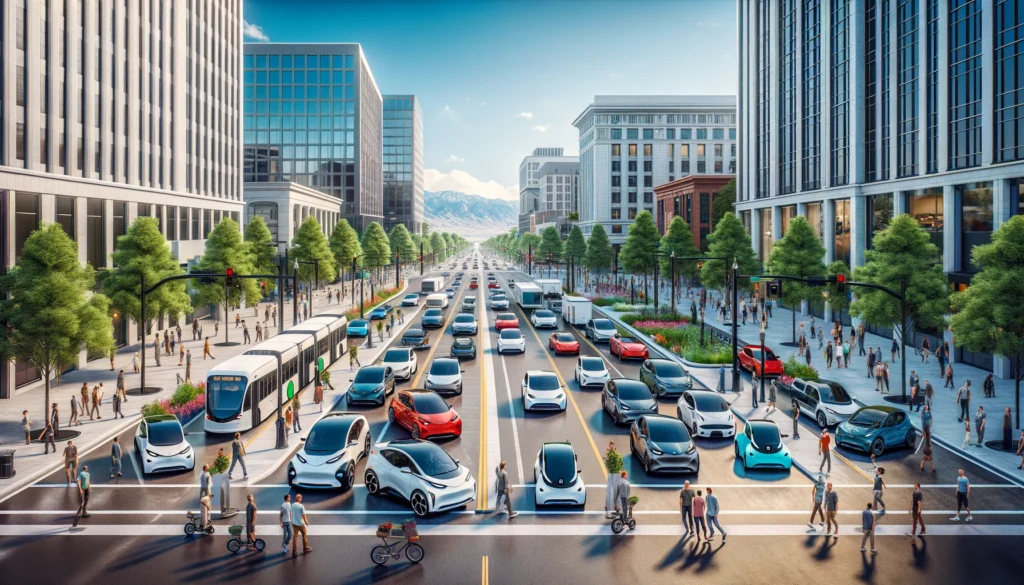The surge in electric vehicle (EV) ownership in Utah, particularly in Salt Lake City, is significantly reshaping various industries. As of February, there were over 25,000 registered electric cars in the state, a more than 200% increase from 2020. This growth is profoundly affecting businesses, especially car dealerships and electrical services.
EV Transition: Ken Garff Automotive’s Shift to Enhanced Infrastructure and Training
Car dealerships, such as those in the Ken Garff Automotive Group, are adapting to this shift by investing in infrastructure changes, notably in enhancing their electrical grid connections and installing chargers. These modifications, involving both Level I and Level II chargers, can be quite costly, ranging from $100,000 to $500,000. Furthermore, dealerships are now providing more extensive training for employees to better understand and sell EVs, and are also assisting customers with the installation of at-home charging stations.

For electrical service companies, the EV boom has led to a significant increase in demand. Technicians like Bryan Blevins from Black Diamond Experts are finding their work increasingly centered around installing and maintaining car chargers. This has required many homes to upgrade their electrical systems to accommodate the power needs of efficient charging stations.
Utah’s EV Push: Doubling Fast-Charge Sites by 2024 for Statewide Access
The state of Utah is responding to this trend by investing in public charging infrastructure. Recently, grants were allocated for building 15 new fast-charging sites, doubling the state’s fast-charge site capacity by the end of 2024. These efforts align with the state’s goal of having a fast-charging station every 50 miles along its interstates.
Overall, the impact of EVs on various industries in Utah is considerable and multifaceted. While it presents opportunities and growth, it also brings challenges, particularly in infrastructure and training requirements.
For a more in-depth exploration, additional research into the broader economic and environmental impacts of this shift in Utah’s vehicle landscape would be beneficial.
